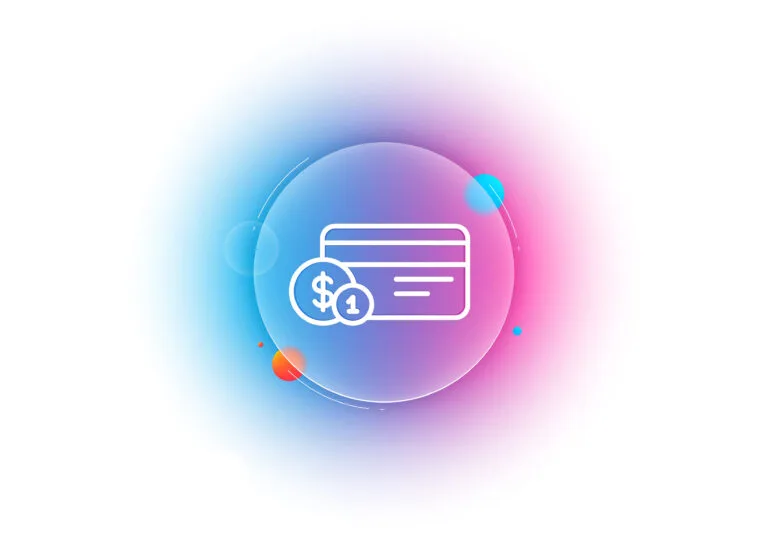
As a business owner, knowing the basics of B2B credit card processing can help you make more informed decisions as you better understand the differences between various credit card processing providers. With so many ways to accept payments, it’s important to have the right processor, hardware, and services in place to handle each transaction. You can streamline your operation and cash flow when you ignite efficient B2B payment processing.
In this post, we answer the questions “What are B2B transactions?” and “How do B2B payments work?” We will simply explain how to get your company off the ground with B2B Credit Card Processing.
What Are B2B Payments?
Business-to-business payments involve a company purchasing goods or services from another company. This B2B transaction does not involve a consumer buying your product (This would be considered a B2C payment). For example, think of Boeing, a company that designs, builds, and sells aircraft, rockets, satellites, etc. Boeing produces these products for other businesses, such as United Airlines and NASA. Because of the high cost, quantity, and complexity of these transactions, B2B payments are not as simple as a consumer ordering a new pair of shoes online. Because you are familiar with B2C transactions as someone who likely purchases items for oneself, observe the differences between B2B and B2C transactions below.
| B2B Transactions | B2C Transactions | |
| Parties Involved | The buyer and the seller are typically companies, and the purchasing decision may involve multiple stakeholders within each organization. | The purchasing decision is made by an individual consumer. |
| Transaction volume and size | Businesses often buy goods or services in bulk, leading to larger and more complex transactions. | Consumers typically buy goods or services in smaller volumes for personal use. |
| Payment Terms | It’s common for businesses to negotiate and have extended payment terms, such as net 30 or net 60 days. | Consumers often pay immediately or within a short timeframe. |
| Relationship and Trust | Transactions are part of ongoing business relationships. Negotiations may involve detailed contracts and agreements. | Transactions are generally one-time or occasional. Trust is built through branding, customer service, and product quality. |
So if B2B payment isn’t simple, how exactly does it work? In the next section, we outline what is needed for a successful B2B transaction via credit cards. Then, in the following section, we explain B2B processing for e-checks.
B2B Credit Card Processing
Most people prefer to pay with their credit or debit card. To accept payments from your customers, you’ll need a merchant account and a payment processor. These will act as the link between your accounts and those of your customers, ensuring that no one party is left out. Let’s break these credit card processing for B2B down:
- B2B Merchant Services: A merchant account is an agreement between your business and your processor. When you accept credit or debit card payments, your processor will process the transaction, transfer the funds to your bank account, and report information about the transaction to the credit card company.
- B2B Payment Processors: A processor is a third-party service provider that provides merchant accounts to businesses such as yours. They generally have several different plans they can offer depending on how much volume you expect to receive over time and what type of business you have.
You need both of these in order to do credit card processing for B2B. Here at eTreem, we’ve made a solution for you to seamlessly integrate B2B credit processing. Features of our B2B payment system include:
- Easy for customers to pay
- “Pay Now” on invoices
- Customer payment portal
- Simplified accounts payable process
- Automatically apply payments
- Schedule automated reminders
- Reduced costs of accepting payments
- Save with eCheck payments
- Optimize interchange rates
Schedule 20 minutes with an eTreem expert to learn more about our B2B payment platform and elevate your business.
E-check (Electronic Check) Payment Processing for B2B
While most people tend to pay with a credit card, there has been a recent growth in the popularity of paying with e-checks. Electronic checks are a digital version of old-school paper checks. This way of paying is becoming more popular due to the enhanced security and lower processing fees.
To accept an e-check, you’ll need a B2B payment service. eTreem is equipped with the software needed to accept e-checks while saving you processing fees. Contact us to learn more about our B2B payments platform so that you can start accepting e-checks as a form of payment.
B2B Payment Solutions
Get the business-to-business credit card processing service you need to succeed and grow! Whether your customers choose to pay with credit cards or e-checks, our B2B payment services can help. Contact your eTreem expert today to learn more about our merchant account solutions and B2B Credit Card Processing.

